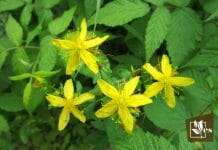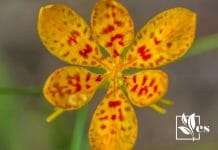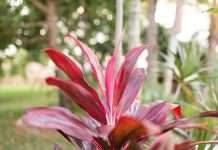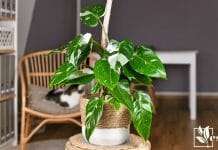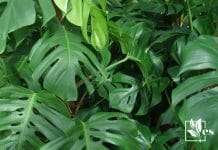Japanese house plants are ornamental plants that have beautified Japanese homes for centuries. With cultural diversity across many nations, these beautiful plants have become beautiful additions to an indoor garden.
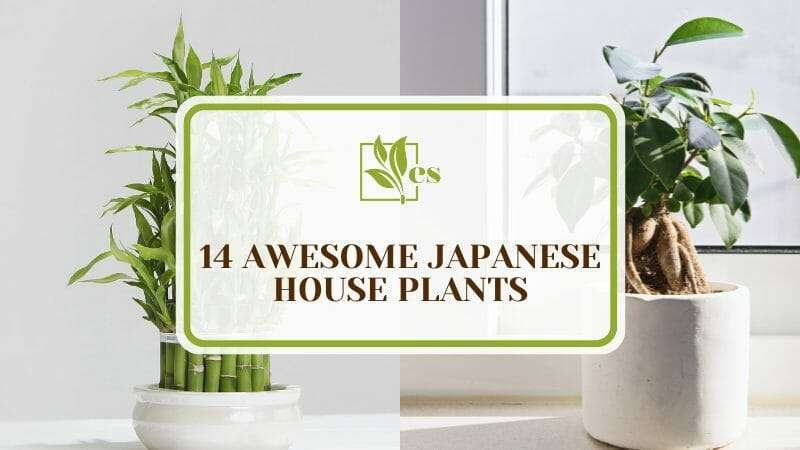
From Japanese Pines to Ferns, a large world of japanese garden awaits to be explored.
JUMP TO TOPIC
List of Japanese House Plants For You
Growing Japanese plants shouldn’t be a hassle, especially indoor Japanese plants. Rather than going for Japanese house plant pictures or Japanese art alone, as many people do, selecting and growing these beautiful plants indoors has been made easier for you as they don’t require so much maintenance.
1. Japanese Bird Nest Fern
The Japanese Bird nest fern, Asplenium nidus, is a Japanese Fern tree plant well suited for indoor gardening. It is low-light tolerant and enjoys humidity but does not require it. This fern tree is particularly known for the way it grows, with wavy leaves unfurling from the center like a bird’s nest.
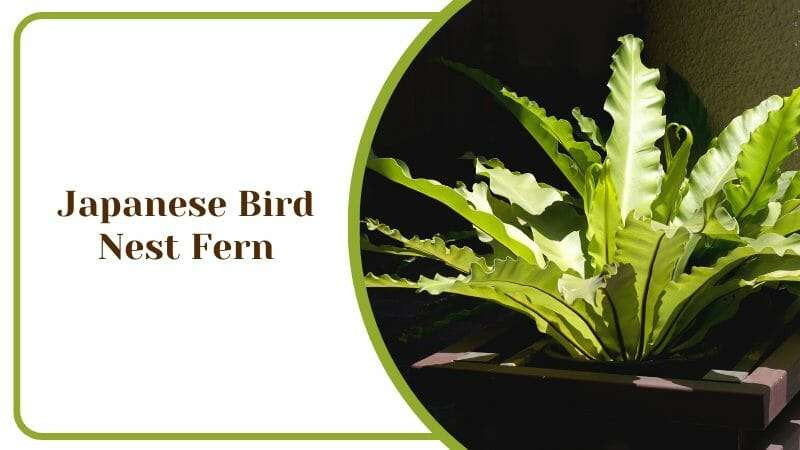
When growing them, it’s best to emphasize indirect sunlight. The early morning sun is tolerable, but that should be the highest amount of direct sunlight. It’s best that it isn’t watered every day. The Japanese bird nest fern thrives best in soil that dries out in between waterings. They are quite straightforward to grow, and slow too.
In summary, they are excellent plants to grow indoors, knowing that they have minimalistic in design, and easy to maintain. Additionally, they make awesome Japanese bathroom plants.
2. Blue Jacaranda Bonsai
If you’re looking for something colorful to plant by your window, the Jaranca Bonsai is even known as the Jaranca mimosifolia, is an excellent choice because of different reasons. This blue bonsai tree plant enjoys sunlight but thrives in temperatures not colder than 59 degrees. This makes it an excellent plant to keep by the windows.
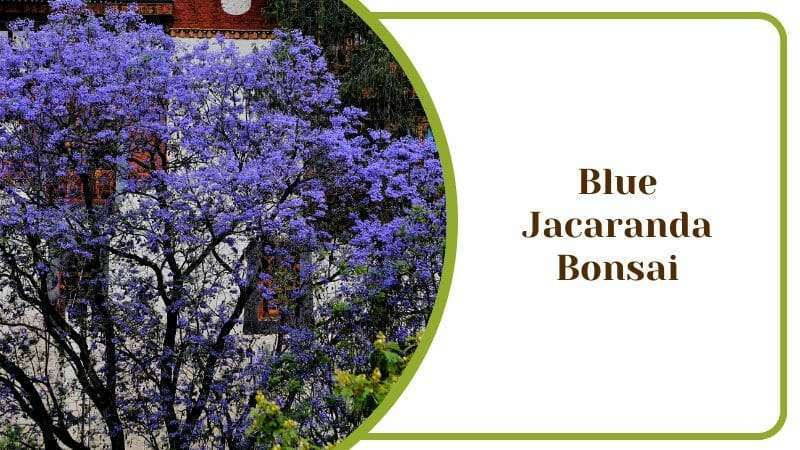
Nonetheless, one thing to note that is the emphasis on being a window plant hinge on the necessity for regular sunlight. Lack of regular sunlight impedes the blooming property of the blue jacaranda bonsai, a property that is the principal beauty of the blue bonsai.
If you’re a lover of Japanese plants and colors, the blue Jaracanda bonsai is an excellent tree to grow indoors. It increases the aesthetic appeal of your windows and home in general.
3. Azaleas
Azaleas are beautiful and bright low-maintenance Japanese plants. Their flowers have a pinkish-red color that blossoms beautifully during spring for several weeks. Azaleas grow would best when their soils have an acidic range of 4.5 to 6.0 pH. They don’t require lots of fertilizers and thrive in well-irrigated soil.
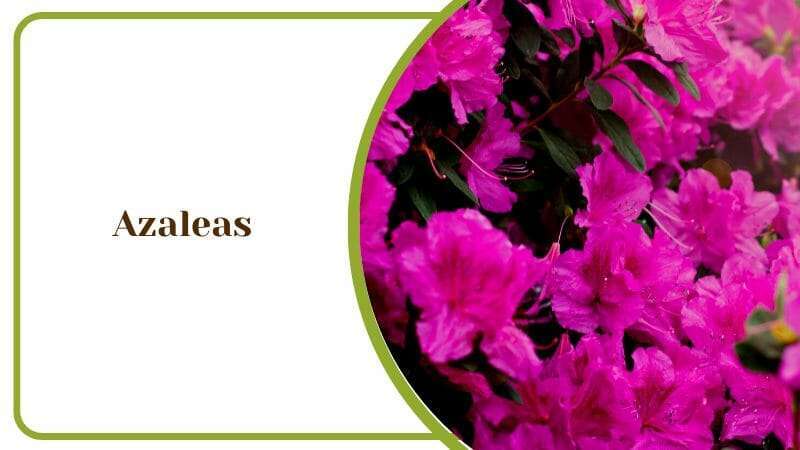
There are two key features to watch out for when growing these beautiful Japanese plants. Firstly, they grow well under shades and not under direct sunlight. This makes them very suitable as house plants. The second feature to watch for is the need for aeration.
Both features make Azaleas ideal plants to grow by the window inside and outside the home. Which means that overall, if you’re looking to blend colors, consider mixing Azaleas with the blue bonsai mentioned earlier to give your window a nice splash of pinkish-red and lilac blue.
4. Hosta
The Hosta is a name given to a set of foliage plants indigenous to Asia, most notably Japan, but you can even find them in Chinese, and Korean cultures. As usual, with many suitable house plants, they are shade-loving plants. Several species of these indoor plants exist with varying heights from one inch up to 18 inches tall.
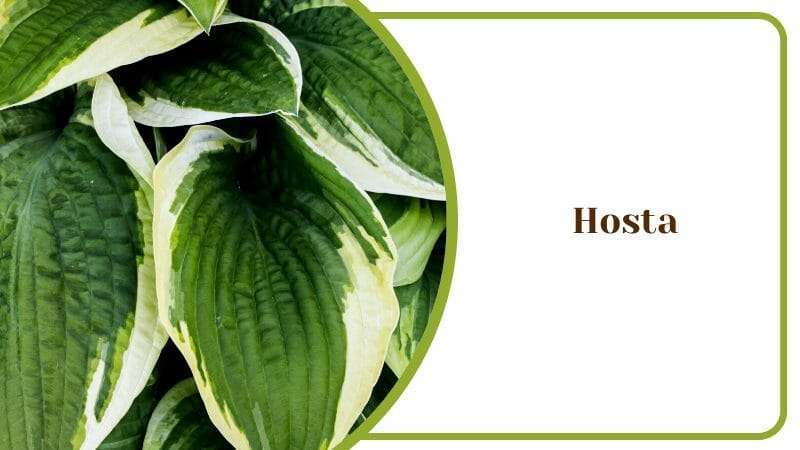
These plants grow in clumps and tend to have leaves that form umbrella-like coverings. They come out beautifully in pots and require little maintenance once established.
On the other hand, one thing that you must be cautious about when keep them is that even though these plants love the shade, deep cover from sunlight is highly detrimental to the plant. Also, Hostas require an adequate pot size. A diameter of 12 inches is okay for the smaller species, while a diameter of up to 18 inches is a safe figure for larger species. You can check out some plants that are very similar to hostas that might be a good addition.
5. Lucky Bamboo
Bamboo, in many media, has become symbolic for Asian countries, especially Japan. The lucky bamboo is perfect to seal the deal if you want a Japanese appeal in your home. It’s like owning a dwarf Japanese bamboo right in the house.
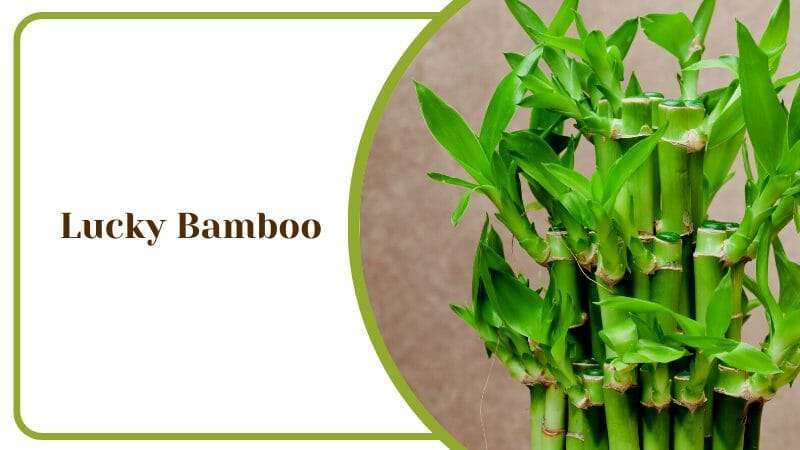
The key to growing wonderful lucky bamboo indoors is indirect sunlight. Remember that is key to place your bamboo by the window would scorch the bamboo, and locating them in an area that doesn’t receive any sunlight would starve them of the much-needed sun, as the sun provides them with proper nutrition.
A good idea is to place this Japanese bamboo somewhere that receives adequate lighting but shies away from the light source. For example, place the lucky bamboo on the table in the center of a living room flooded with sunlight. This should shield the bamboo from direct rays but still offer much-needed sunlight.
Feng Shui is a Chinese art that aims to produce balance and exhume positive energy into an environment, and on this token, the Lucky bamboo is believed to be a great Feng Shui plant.
6. Japanese Painted Fern
The Japanese painted fern is also called Athyrium niponicum at times, it is a unique and beautiful fern that’s easy to grow and can make an excellent house plant for cold regions. This Japanese fern gets its colloquial name from its multicolored leaves, resembling a plant with paint poured on its leaves.
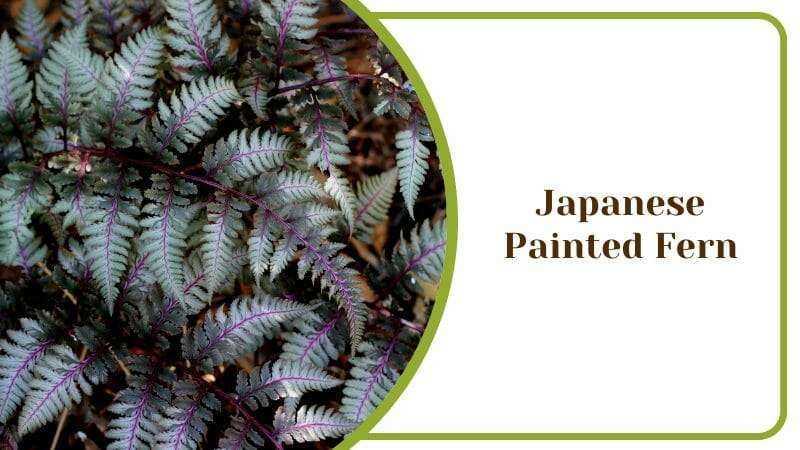
While much debate is on the feasibility of the Japanese-painted fern as a house plant, they make excellent house plants with the right conditions.
The Japanese-painted fern requires an environment with cold regions and reduced sunlight. In addition, the Japanese-painted fern requires regular irrigation with soil rich in organic matter.
While this plant doesn’t bloom in the thick ice of snow, it needs winter dormancy, which meana that if you stay in a cold region, with proper soil irrigation and adequate shade, you get a beautiful indoor plant that thrives in the cold weather.
For dramatic effect, exploit the colors of the leaves by applying some accent lighting where you place the Japanese-painted fern. They make the leaves look bioluminescent!
7. Sugi
The Japanese sugi, or the Cryptomeria japonica, is a specie of Japanese cedar tree that can be grown as a house plant. Unlike the any of the other plants, the sugi thrives in adequate and direct sunlight, and it would keep its foliage in the perfect shade of sage-green.
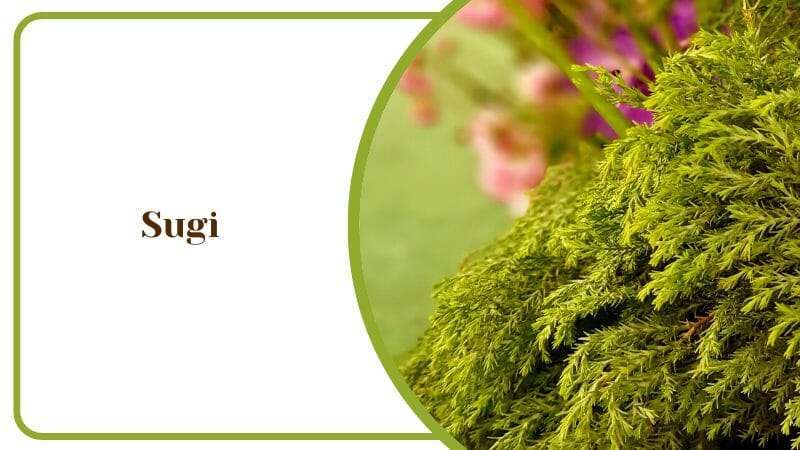
The Japanese sugi grows best in temperate conditions in addition to sufficient sunlight. Consider placing them a foot away from the window, perhaps on a reading desk.
They often require little care and can survive certain harsh conditions. If you’re a Cedar lover and want to have a cedar tree growing right in the home, the Japanese Sugi is the best pick for you.
8. Japanese Aucuba
The Japanese Aucuba, Japonica aucuba, also known as the Japanese Laurel, is a shrub that naturally grows outside but adapts beautifully as an indoor plant. The key is adequate moisture and enough sunlight.
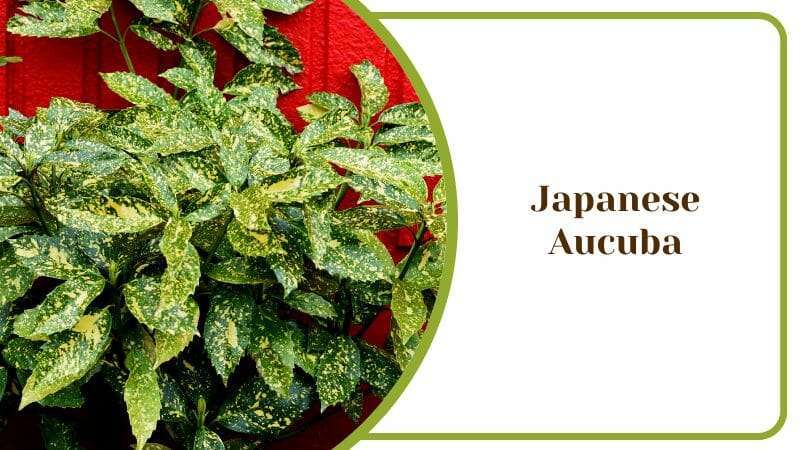
When you are growing Japanese aucuba with green leaves spotted with cream-colored dots, they produce purple flowers during spring and red-colored berries during the Fall. It creates an extra color to the already green color that the plant produces in the home.
The Japanese laurel grows well between zones seven and nine and loves moist soil and leaves. It goes as a warning to owners to reduce the amount of moisture applied during the winter.
What you must do is consider regularly dampening the leaves with a wet cloth or placing pebbles in the indoor flower pot or container used to help retain moisture. In addition, you can even place a pebble tray where the moisture will be balanced.
9. Japanese Maple Bonsai
The Japanese maple, Acer palmatum, is a beautiful tree plant characterized by the shape and color of its leaves.
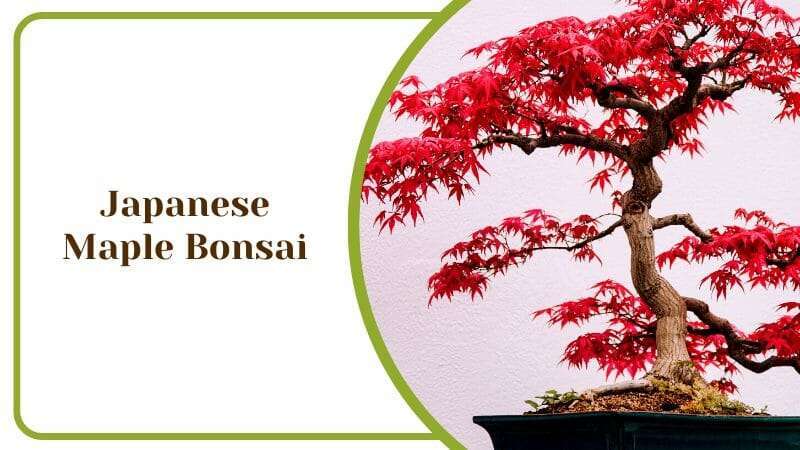
While this Japanese maple plant grows as a tree, it can be taken care of as a houseplant, hence the name Japanese Maple Bonsai. Bonsai is a Japanese word for a plant in a can. Consider a Japanese Maple Bonsai pot for added aesthetics
The classic feature of the Japanese Maple is the change in leaf color depending on the season and amount of sunlight. During the spring and late Fall, the Japanese maple bonsai possess red leaves, owing to the sunlight these seasons offer. With an abundance of sunlight in Summer, the Japanese Maple Bonsai becomes a green tree plant once more.
However, depending on the specific specie, the amount of color change due to changes in seasons or the amount of sunlight varies. Some species have predominantly red leaves for most of the year, while some have green leaves most of the time, even with reduced sunlight.
The reaction to sunlight works with the plant’s ability to produce chlorophyll, meaning the more sunlight, the higher the amount of chlorophyll produced, and vice-versa. On the other hand, you must carefully monitor the amount of sunlight, because it is possible to control the color of the leaves the Japanese Maple Bonsai produces.
Another feature that makes them good options for houseplants is the relatively small amount of attention required. Once they’ve become established, with proper shading and regular water supply (with purified tap water), the Japanese Maple Bonsai is set to flourish brilliantly throughout the year.
10. Ficus Bonsai
The Ficus Bonsai is a hardy tree plant whose origins can be traced back to southeastern Asia. They are known for their broad trunks and green leaves.
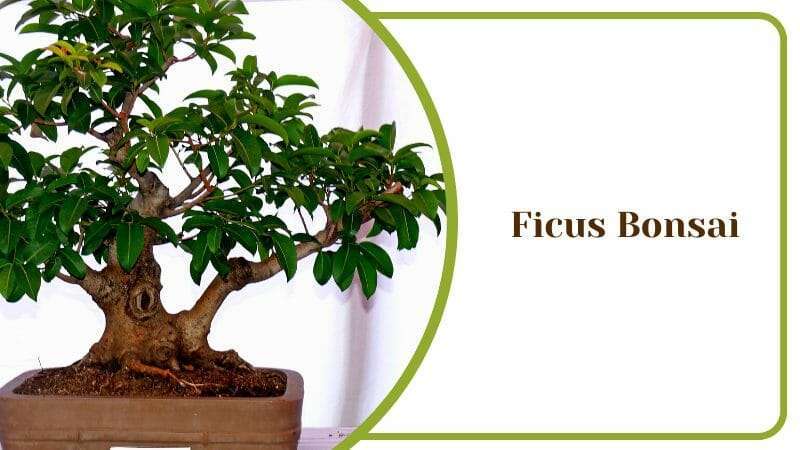
What makes the Ficus a good Bonsai for indoors is its adaptability. The Ficus grows well in direct and indirect sunlight, under a shade, or directly under the sun. However, they’ve been known to get scorched by prolonged exposure to strong heat from the sun.
As far as temperatures go, the Fiscus shies away from cold climates, particularly temperatures below 60 degrees Fahrenheit. It becomes noteworthy during the winter or if a person stays within cold regions.
The Ficus Bonsai isn’t difficult to care for, especially after getting established. By closely watching the coloration of the leaves, you can determine whether they are receiving too little or too much sunlight. A rule of thumb, in this case, would be to place them in a place that’s not too dark or too scorched by the sun.
Watering this Ficus can be tricky as the seasons change; however, to be wise in this situation, the key is checking the dampness of the soil regularly. If the soil is still damp, consider laying off watering; at the same time, do not allow the soil to become too dry.
Typically, caring for Ficus Bonsai isn’t much of a problem. They are hardy plants that can survive relatively unfavorable conditions compared to other ornamental plants. Essentially, they’re a great addition to any indoor garden.
11. Hydrangea
Hydrangea is the name given to a shrub that covers many species notable for their flowers. The Hydrangea comes in several species with different flower patterns and colors, different heights and widths, and different growth patterns.
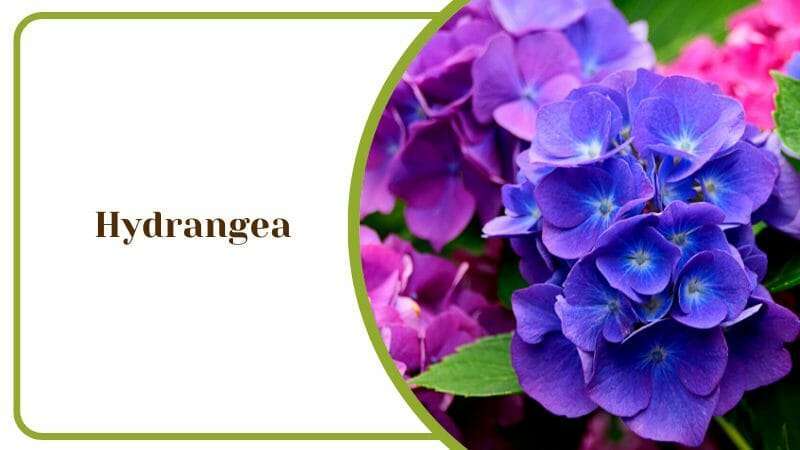
As such, it’s important to make proper consultations before purchasing seeds or seedlings to plant indoors. The Flowers of the Hydrangea bloom between spring and autumn, a long period to exploit the vibrant colors of their flowers.
Hydrangeas require care that varies between species. In general, most hydrangeas only require mild or indirect sunlight. They enjoy the morning sun but do terribly under the afternoon sun, a phenomenon called the part sun.
Our expertise would advise you to practice deep watering rather than frequent shallow watering. Well-drained soil is also advised. Note that pruning should be done occasionally and should be limited to only dead branches, and reason why is that as you trim them off, it will be able to produce a certain shape that may become detrimental to the plant’s health.
While most Hydrangeas produce only one color of flowers, some hydrangeas experience a change in color depending on certain properties in the soil, particularly aluminum ions. If you’d like to exploit color change, request hydrangeas that have been bred for this specific property.
Also, consider planting hydrangeas. This way, your home becomes a vibrant burst of several colors rather than just one.
12. Japanese Peace Lily
The Japanese Peace Lily, Spathiphyllum, is a simple minimalistic house plant that immediately gives a Feng Shui appeal. They require minimal sunlight and grow very well in places with little or indirect sunlight. Often, they are used to decorate tables, centerpieces, stools, and bedposts.
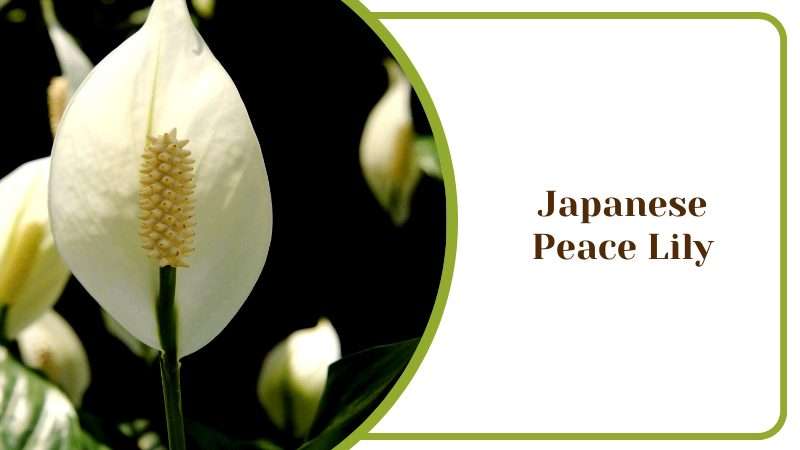
It gets the name, Peace Lily, from the white spathe variant, which looks similar to a white flag indicating peace or a truce. The watering requirement for this plant would be at least once a week. Typically, soil that is just damp is ideal for the Peace Lily and is not completely wet, because this would cause issues like root rot.
Overall, what you must know is that the Peace Lily is a Japanese plant that’s easy to maintain, minimalistic, and beautiful as it would add beauty to the place that you are keeping it.
13. Japanese Stonecrop
The Japanese stonecrop, or Japanese stone crop, is a brilliant small Japanese perennial plant that boasts green leaves throughout the year. They are succulent and often require little attention to thrive, making them the perfect choice for many homeowners, they produce glossy little leaves and even some yellow tiny flowers.
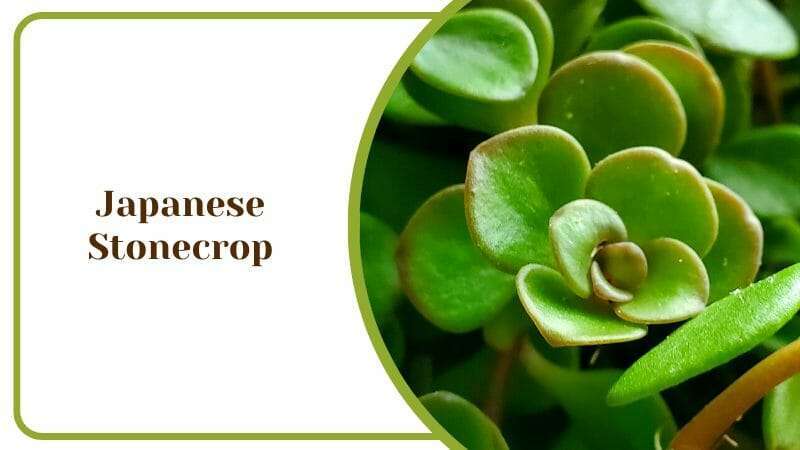
The Japanese stonecrop is a light-loving plant. They love an abundance of direct sunlight, albeit, not too harsh. Place them close to the window, or just outside the door.
If you have a transparent door, consider placing them where direct sunlight would hit them–besides where Japanese indoor slippers or Japanese indoor shoes are kept would be a perfect place. A typical Feng shui Japanese setting!
If direct sunlight is not an option, it’s not a problem. Japanese stone crops can survive with partial shade also. This versatile plant would be the perfect addition to a home looking to produce a Japanese appeal.
14. Japanese Larch Bonsai
The Japanese Larch is a coniferous tree with species that can be grown as Bonsais. They are loved for their sturdy and thick trunks with beautiful leaves, which, relatively, undergo seasonal changes.
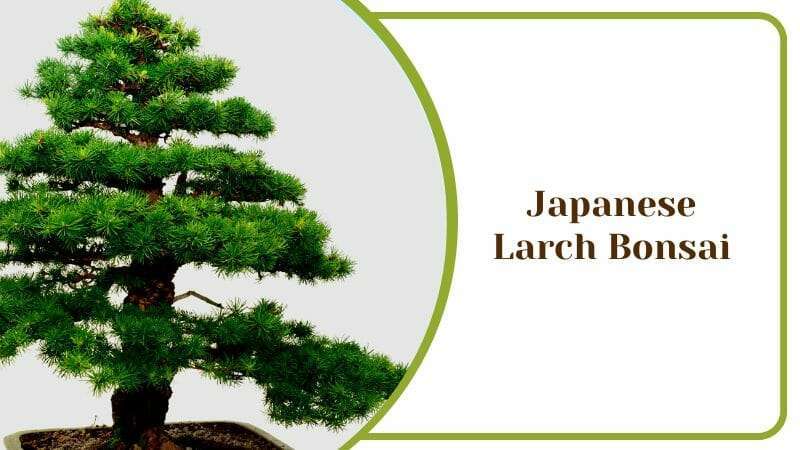
The Japanese Larch Bonsai is a tree plant with a high affinity for water and requires well-drained soil. As a result, they make good bathroom plants because of the humidity.
In their early years, they require repotting between one to three years and every five years once matured. In addition, it gives such an elegant and exotic look at the same time to the room that you have placed it in.


